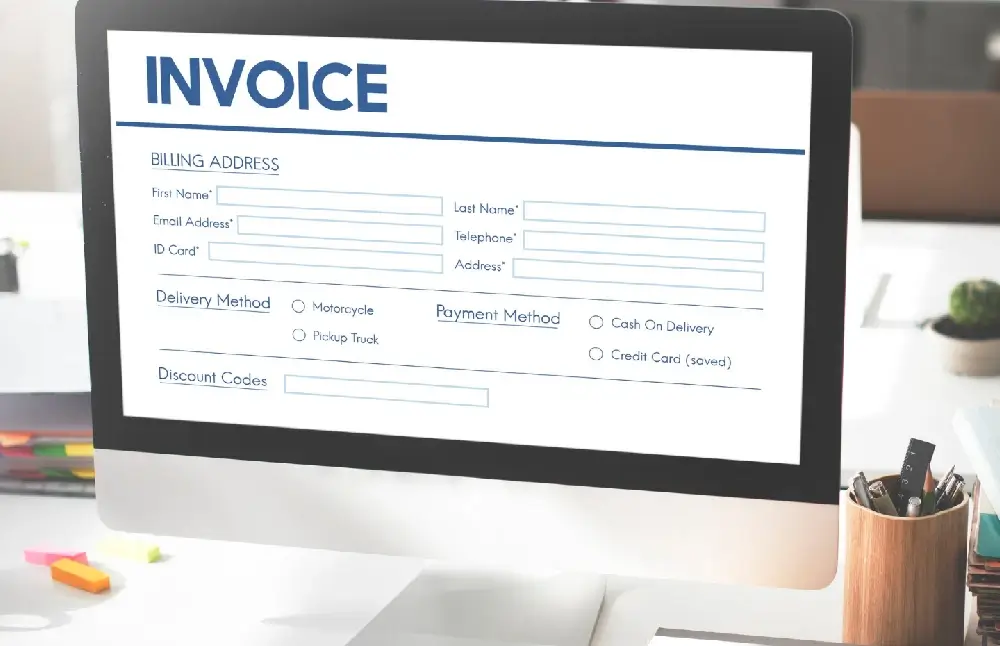Overview
Getting your vendors to adopt an e-invoicing platform can be challenging, especially when they’re accustomed to traditional methods. While some might adapt quickly, others may require more hands-on support to make the transition. The key to a successful e-invoicing rollout lies in making this shift as smooth as possible for all your vendors.
In this blog, we’ll explore effective strategies for vendor onboarding, offering practical communication tips and training methods that will help ensure a seamless transition. With the right approach, you can set your business and your vendors up for long-term success on your e-invoicing platform.
Effective Vendor Onboarding Strategies
Segment Your Vendors
Not all vendors are the same, and not all will adopt e-invoicing with the same ease. Start by segmenting your vendors based on their size, tech capabilities, and the volume of invoices they generate. Larger vendors with advanced systems may find it easier to adopt e-invoicing, while smaller vendors may need more hand-holding. Tailoring your approach based on the vendor’s technical readiness helps in creating a more efficient onboarding process.
Communicate the Benefits Clearly
One of the most important aspects of vendor onboarding is to communicate the benefits of e-invoicing from their perspective. They need to see how this change will benefit them in terms of efficiency, accuracy, and timely payments. Provide them with a clear understanding of how e-invoicing can simplify their invoicing process and ensure faster payment cycles.
Offer Personalized Support
A key part of vendor onboarding is offering personalized support for vendors who need assistance. Provide them with step-by-step guides, video tutorials, and a dedicated help desk to answer questions and resolve issues quickly. Assigning a dedicated team member to oversee the onboarding process for certain key vendors can significantly improve adoption rates.
Provide Training and Educational Resources
Not all vendors will be tech-savvy, so it’s crucial to provide training resources that cater to different learning styles. These resources could include written manuals, video tutorials, webinars, and live demos. Provide easy-to-follow instructions that guide vendors through the e-invoicing setup process and how to use the platform.
Incentivize Early Adoption
Some vendors may be hesitant to make the switch to e-invoicing. Offering incentives such as early payment discounts for vendors who quickly transition to the new system can increase adoption rates. You could also implement a phased approach where vendors who adopt early get prioritized in terms of payment processing.
Monitor Progress and Provide Feedback
Throughout the onboarding process, keep track of how well your vendors are adopting e-invoicing. Identify vendors who are struggling and provide additional support as needed. Regularly check in with vendors to gather feedback on the process and make necessary adjustments.

Post-Onboarding Support: Keeping Vendors Engaged
Once your vendors are successfully onboarded, it’s important to keep them engaged. Regularly update them on new features, system improvements, and compliance requirements. Offering continuous support will ensure that vendors continue to use the e-invoicing platform effectively and without interruption.

Conclusion
How Smartbooqing helps you with onboarding a vendor?
Smartbooqing makes the vendor onboarding process seamless and efficient. With an intuitive user interface and robust support features, businesses can onboard vendors quickly and without hassle. Smartbooqing’s automation capabilities streamline the setup process, ensuring that vendors can transition to e-invoicing with minimal friction.
From providing vendors with easy-to-use invoicing templates to offering step-by-step guidance, Smartbooqing helps businesses educate, support, and onboard vendors effectively. By simplifying vendor onboarding, Smartbooqing ensures maximum adoption of e-invoicing platforms, allowing businesses to reap the full benefits of digital invoicing.



